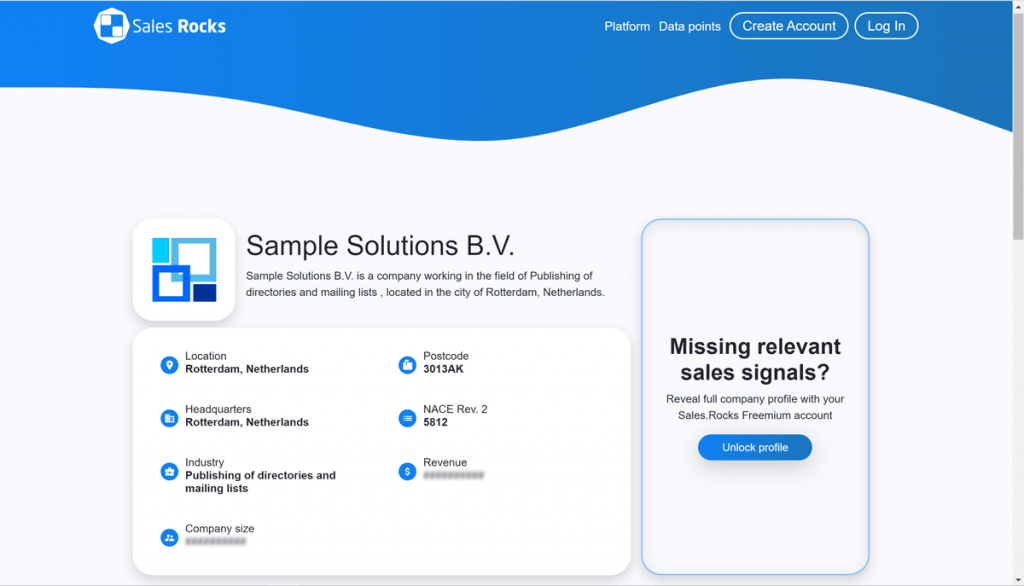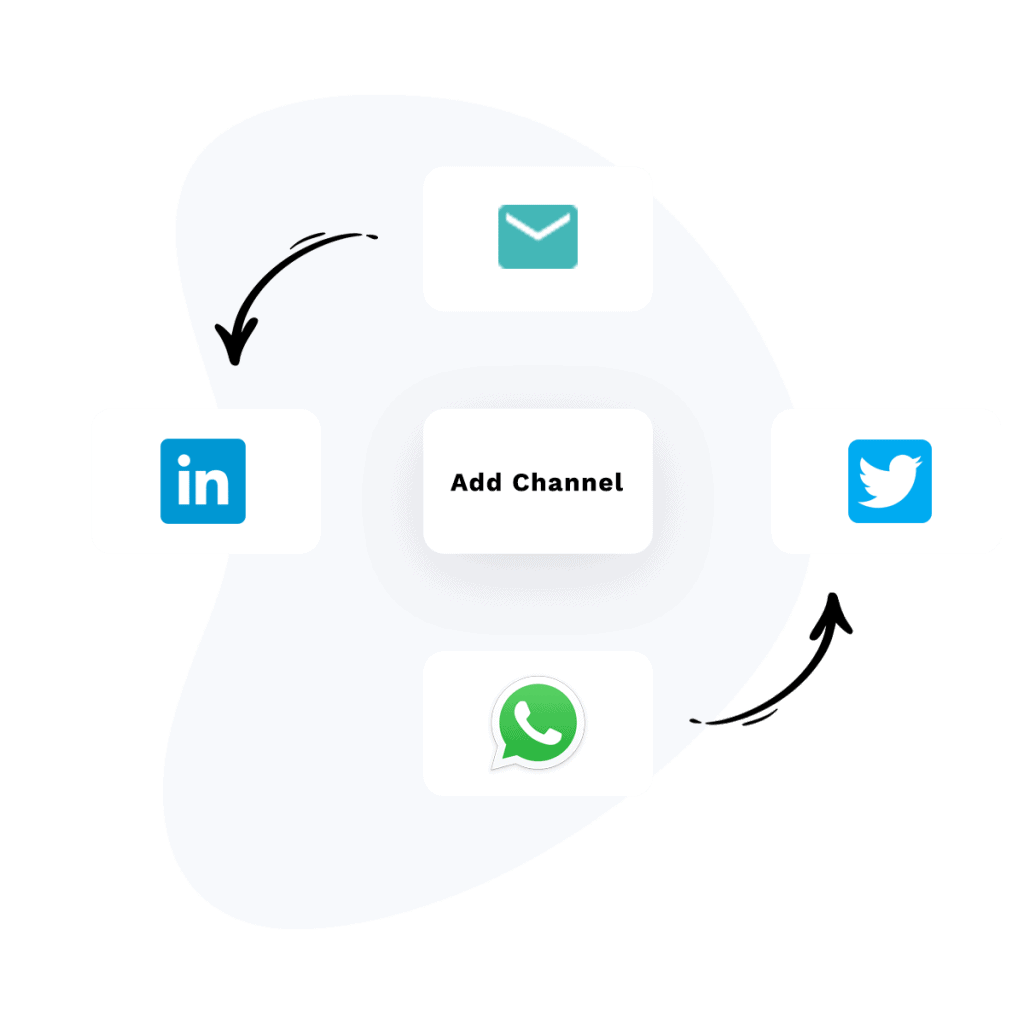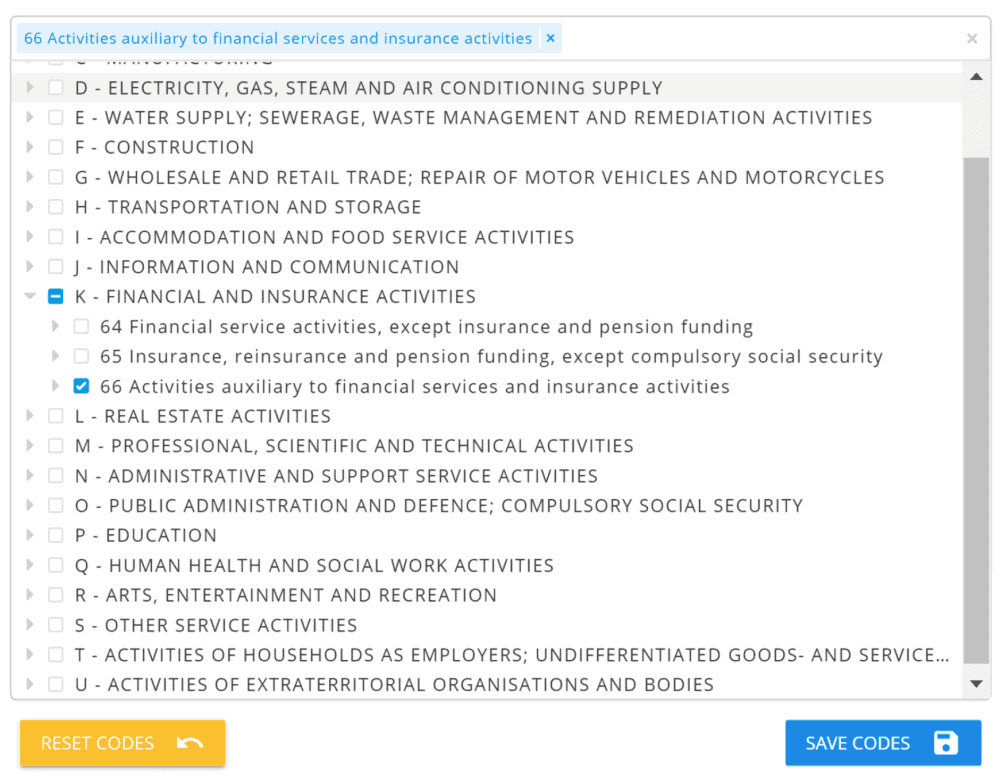Updated on February 10, 2022
There is no need to explain the corona crisis situation further. We can all feel the collapse of businesses, even whole industries, after 2 weeks of the official pandemic declaration of the coronavirus.
Teams #workingfromhome jump on conference calls to discuss what’s coming next and how to survive the crisis that will last for months. Not sure how much it’ll impact each business, but one thing is sure, teams will struggle to reach their revenue and sales quotas in the next quarters.
The daily tasks, mainly for the sales teams, which usually deal with the direct income and client service are more challenging. We are going to go over the sales process and take a look at what will change and what can be done to ensure you still reach sales quotas.
What can sales teams do to reach their sales quota?
Let’s start with what you need to do first within your company.
(Or you can just skip the read and download our handy PDF for later)
1. Examine where your main revenue is coming from 💸
Now it’s time to sit down and check every single client and the revenue they bring. You might have only one “large” client or more than one that brings most of the income for your business. 😱 Once you have the number and the list of clients, pay special attention to the “big ones”. Arrange with your sales team special questionnaires for their situation and ask for a forecast of the expected revenue in the next quarters. This will help you calculate the impact of the crisis on your business and give you a rough idea of the potential revenue loss. Ask the clients directly for their demands. If your service can be adjusted in any way to their needs at this time, make sure to offer them the opportunity.
2. Adjust your service to aid your clients in overcoming their crisis 📈
If you are working in the B2B industry, you would usually have highly-targeted services and targeting specific industries, demographics, even sectors. In this position, check whether you can change your service or adjust its use. For example, a typical buyer persona for b2b data is usually the sales and marketing sectors for cold calls or direct email outreach. But what if we extend the use of b2b data in both of the sectors? Company phone numbers, general emails, and local addresses won’t be of much use now for the Sales and Marketing Reps, they would now need social media profiles and direct contact sources to get in touch with the clients. That would be the focus we can change our service to help Sales and Marketing teams during the change of executing their tasks.
3. Conduct customer surveys and examine their situation ❓
Best way to know if you are going to overcome the crisis is to ask your clients how their situation is. Prepare a sheet and a short survey (don’t waste people’s time with tons of questions, you would need only one answer ) and add your numbers. How likely are they to continue your collaboration in the next few months? Grade them with numbers 1 to 5 and mark them in a scheme. This way, you’ll know the position of every client you have and the recovery possibilities.
4. Boost your CRM with new leads ⛽
You are going to need new business info. A lot of it! Taking into consideration the possibility of losing some of your clients or potentials, you’ll need to add more cards to your deck. Gather fresh data about the companies from company registries or data providers, also it is crucial finding financial stats and revenue, and storing them into your CRM. You can also start with the nurturing phase of potentials from different outlets, for example direct email or LinkedIn message. Explore their position sooner rather than later.

Financial and revenue information from the company profiles on Sales.Rocks
5. Prepare your sales team to reach the Sales Quotas 💪
The World wasn’t ready for this, nor was your sales team. They might fear losing their job or decrease their role or productivity. Organize your team with any tool you got. Working from home is sometimes not as productive for a Sales rep, as for other areas. There will be limited or no face-to-face meetings at all, so train your team to use as many remote tools as possible. Google Hangouts, Slack, Zoho One, all provide you with an option to have conference calls, schedule online appointments, stay on track with chats. The best weapon you’ll have is emailing, LinkedIn reach-out, and phone calling.
When it comes to cold-calling, I’m 100% sure you don’t want your sales team to be deprived of using this powerful sales technique now that they are working from home. This is the perfect time to start using VoIP – Voice over Internet Protocol. The new form of digital telephone service allowing calls to be sent and received over the internet. To utilize VoIP, all your sales reps will need is a high-speed Internet connection and a VoIP phone service provider.
If you are not sure which is the Right VoIP Provider to choose for your own business needs, check GetVoIP. They have tested over 300 VoIP Service Providers, and will gladly help you to identify the best VoIP phone system for your needs + connect you with prescreened VoIP providers.
On the other hand, your sales team will encounter new objections, so they’ll need to prepare with new objection handling.
“Reach out to me after the crisis” or
“We are not making any decisions at the moment” or even
“The whole team is working remotely, I’m unable to discuss this right now”
will be the most common conversations, they’ll start and end their reach out with. Train your team to get enough data about the potential just by exploring their situation, to give suggestions or offer help in the situation with your service, and to be on standby, if needed.
Customer Success Managers will also struggle with up-selling or even retaining clients. Prepare your team to give extra value to the businesses that are severely hit by the crisis.
Now is the time to focus on the activities you can take. What can be done outbound?
Nothing prepares you better than an all-in-one Sales Automation Platform.
It's true.
6. Extend the prospecting cycle 💼
It’s going to be clear that the prospecting cycle we know of, will undergo drastic changes. Even if you hope to convert a prospect to a client, it will take at least double the time you needed before the business collapse. You may need to change your sales process completely. Let’s say you usually start your sales with an initial email and a phone call. Then you try to discover pain points and schedule a face-to-face meeting. The best twist here is to prepare a proposal for your potential in the form of Google Slides or other file collaboration software and share it with your prospect. They can add their thoughts and questions there and have the feeling they are directly involved in the proposition of your services. You can take your product demo virtually on a remote session and also share YouTube videos and extra materials for the onboarding. Another option is to host a webinar to showcase the value of your product and to reach a wider audience. Be prepared to work longer with a potential and be patient until they adapt to the situation and see working remotely as their normal cycle.
7. Ensure you reach out using multiple channels 📢
Don’t lose your chances. In order to get the reach of people at the moment, it is important to have all the channels in your favor. People might not be available on the usual channels, you’ve contacted them until now, like a company phone number or the local address, as they’ll most likely work from home. Reaching out to people just by one channel might not be as efficient as it was before. The best scenario is to have all the profiles at your fingertips and try to reach them via direct Linkedin messages, direct emails or Whatsapp. You can use automation platforms like Sales.Rocks for this purpose. It will simplify your reach out through the set up of email sequences and email drip-campaigns via email, Linkedin, and Whatsapp. This way you’ll avoid spamming people through one channel and also have a higher response rate.

8. Figure out the target audience that might need your services or products now 🎯
By the response you’ll get from your current potentials, you can have a rough idea of the increased and decreased demand for services. If that audience is clearly to have less demand for your product, it’s time to change your target. Changing your target can be tricky, but it can be as effective for you to reach your sales quotas. Discuss the ideas with your team and check which industries can benefit from your service at the moment. Once you have an idea for your new ICP, you can check through the industry and sub-industry filters on the Sales.Rocks Platform for the availability of companies by industries and countries. The bigger the counts you get, the more potentials you can target directly with the provided contact data. Let’s give an example for the b2b industry: You have software for online booking. However, with the crisis, you are in status quo with the travel industry, as there is no more travel during the quarantine period. This could take months. So you switch to another target audience that would benefit from your ‘booking software’ – businesses organizing online events, summits, and conferences. A small adjustment to your service and you are ready to help this new target audience.

Overview of the filtering process by Industry and Sub-industry
Follow your stats every day and stay safe
We still don’t have enough data to say what will be the key to overcoming this period and what the consequences are really going to be. The best way to keep in step with it is to stay informed, test, and follow your stats for any drastic changes. Adjust your team to “the new normal”, expect your best, and be ready for the worst. Use a timecard calculator to better track your work time and also to stay work-life balance.
How do you target your Sales Quota?
Find out now.


